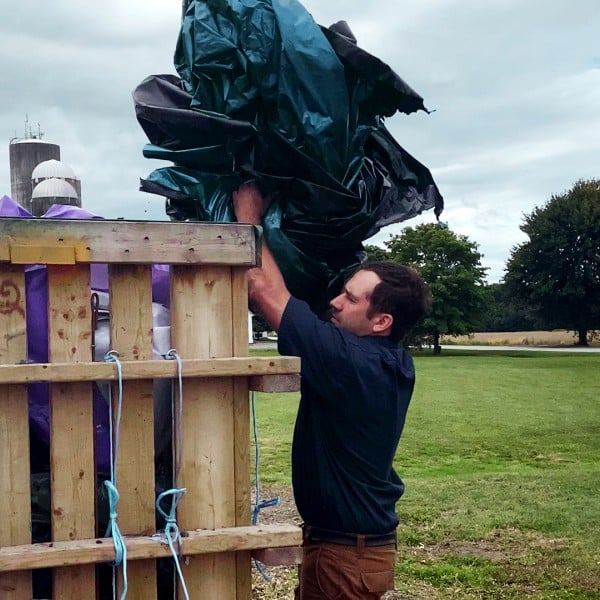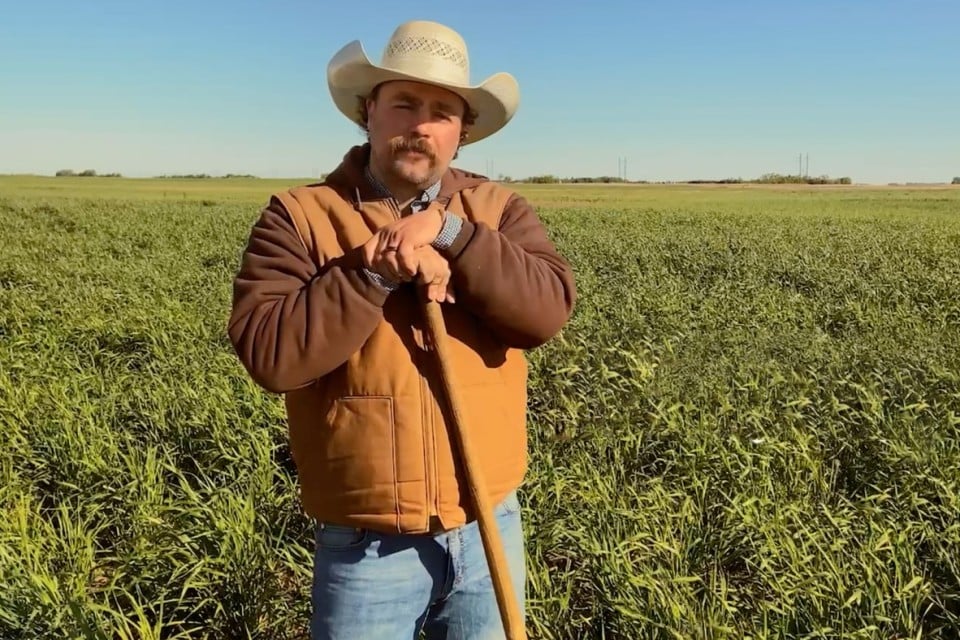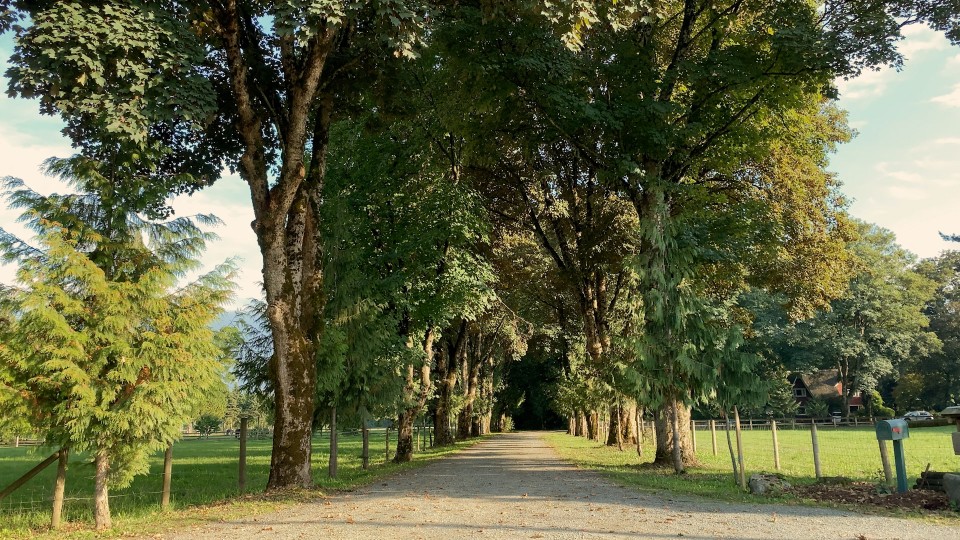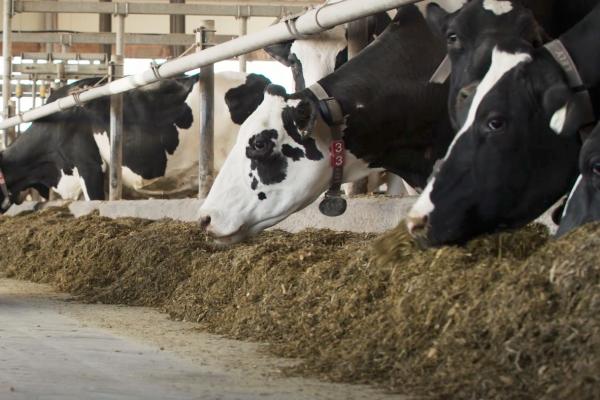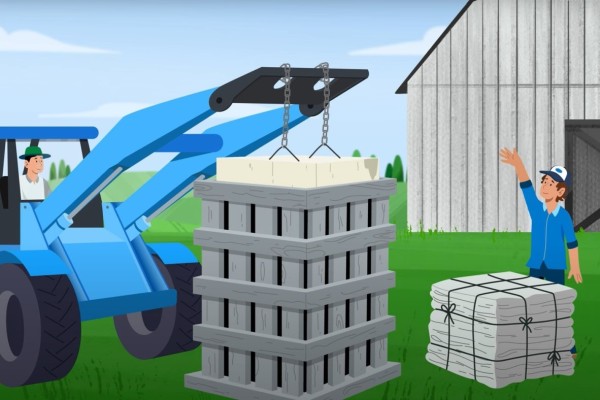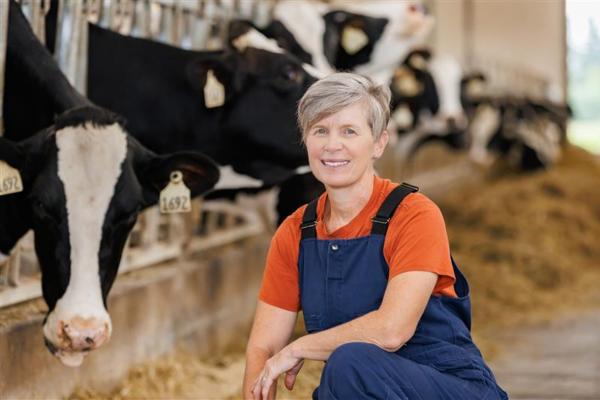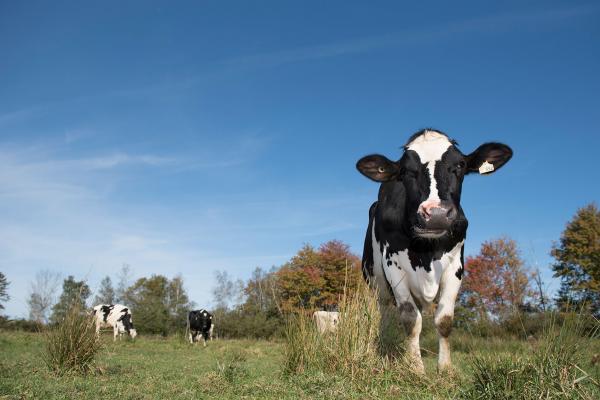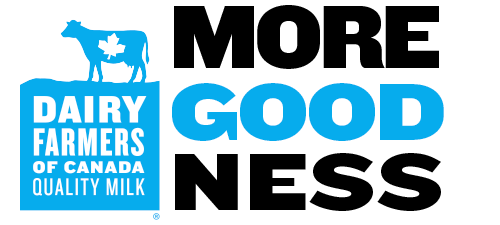Preserving Biodiversity
Canadian dairy farmers are proud to care for their land and the planet. Preserving biodiversity around the farm is one of the ways farmers take care of the environment.
Biodiversity can also be enhanced on dairy farms by adding perennials in the crop rotation plan or converting fields to permanent perennials / grasslands, which cows eat readily. Planting trees, hedgerows, and shelterbelts also support biodiversity. And biodiversity around the farm also increases resiliency of the farm for the future.
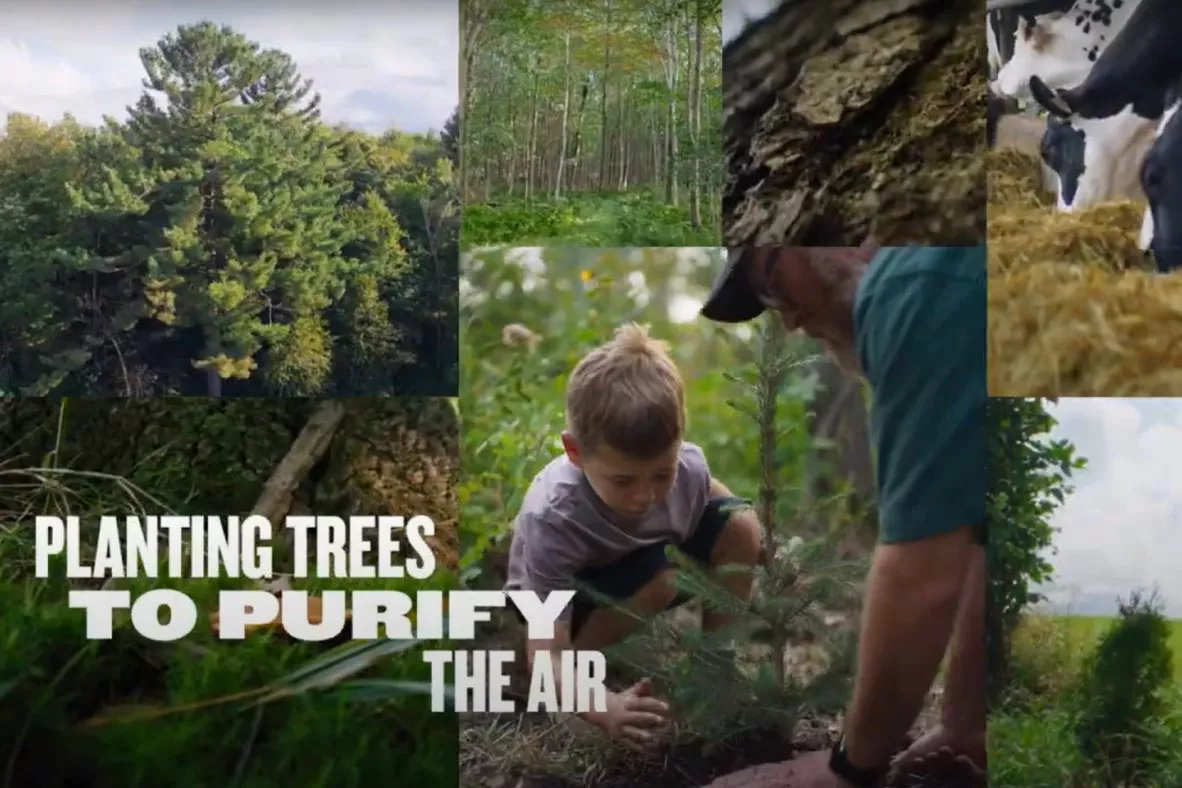
Why is biodiversity important on dairy farms?
When dairy farmers protect soil and plant life, it encourages healthy and thriving habitats for all the living creatures on the farm over time. Improving biodiversity not only helps the local environment and ecosystem. A healthier ecosystem can result in richer soil and supports the productivity of the farmland.
Biodiversity takes many forms on the farm. From microorganisms and fungi in the soil to plants and trees to insects like bees, butterflies, various pollinators and more. Animals like native birds, rabbits, reptiles, and even coyotes and other wildlife are common sights on farms.
Can trees promote biodiversity on dairy farms?
A variety of trees on farms will provide shelter and food for birds, animals and insects. Hedgerows that border a field can enable the movement of species that otherwise avoid open fields. Rows of trees/shrubs can also prevent soil erosion by the wind.
Fields of perennial plants, and planting cover crops can enhance biodiversity in the soil, which is also important, because under the surface the microorganisms contribute to overall soil health, which support plant growth.
How does wetland conservation impact biodiversity?
Restoring or conserving wetlands on a farm also means encouraging the growth of native wildflowers, shrubs and trees that attract insects, birds and animals. It helps shape natural habitats and a healthy ecosystem.
Read Mary Ann's story about wetland conservation on her dairy farm, in collaboration with Ducks Unlimited Canada.
Do dairy farmers use perennial plants?
Alfalfa is an example of a great perennial plant that cows love, and it fixes its own nitrogen, contributing to long-term soil health and fertility on a farm. Some farmers include perennial plants for at least 2 years within their crop rotation strategies. Some farmers maintain pastures that are basically native grasses or permanent perennials. Grass and other perennials are a diet staple for cows and other ruminants.
How do farmers maintain grasslands?
Farmers generally consider various ways for maintaining a healthy and productive grassland over the years and decades, and decisions are made after evaluation of the farm's needs and environmental conditions.
Mowing/haying and grazing are common practices in grasslands or fields of perennials.
Mowing reduces woody plant growth. Grazing a herd strategically allows for a field to have a rest period and re-establishes native plant growth.
Both practices can improve soil health and enhance biodiversity, in and above ground.

Canadian Dairy Farm Discovery
Explore Now
A more sustainable tomorrow
Learn More